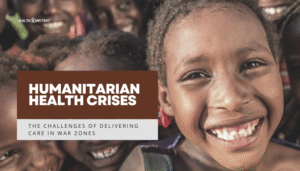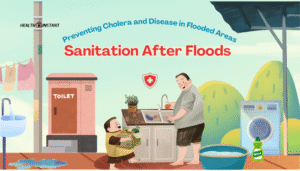Outbreak Containment: What Does It Mean to ‘Flatten the Curve’?
Introduction During outbreaks—such as a pandemic influenza or emerging virus—public health experts often emphasize the concept of “flattening the curve.” At its core, this approach aims to slow the infection rate so that daily case number...
Read MoreAsteroid Impact or Solar Flare: Extremely Rare Disasters and Potential Health Fallout
Introduction While disasters like earthquakes, hurricanes, or outbreaks occur more often, public concern occasionally turns to extreme events like an asteroid impact or a massive solar flare. Although these scenarios are incredibly rare, understa...
Read MoreHumanitarian Health Crises: The Challenges of Delivering Care in War Zones
Introduction In regions torn by conflict, providing healthcare transcends normal medical challenges. Facilities may be damaged, supply lines broken, and staff threatened—yet urgent care remains paramount. Organizations like Médecins Sans Front...
Read MoreSanitation After Floods: Preventing Cholera and Disease in Flooded Areas
Introduction Floods disrupt normal life, from submerging roads and buildings to compromising water sources. With standing water and damaged sanitation systems, the risk of waterborne diseases—including cholera, dysentery, and other diarrheal il...
Read MoreHeat Dome Events: Health Risks of Extreme Heat and How Cities Can Help
Introduction A heat dome occurs when a stagnant high-pressure system traps hot air over a region, creating extended periods of extreme heat. As global temperatures rise and urban areas expand, these events are becoming more frequent and intense.&...
Read More




